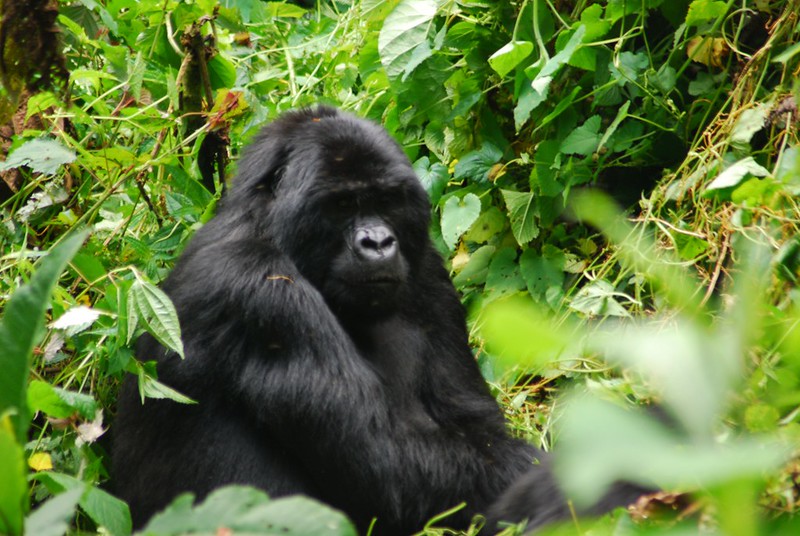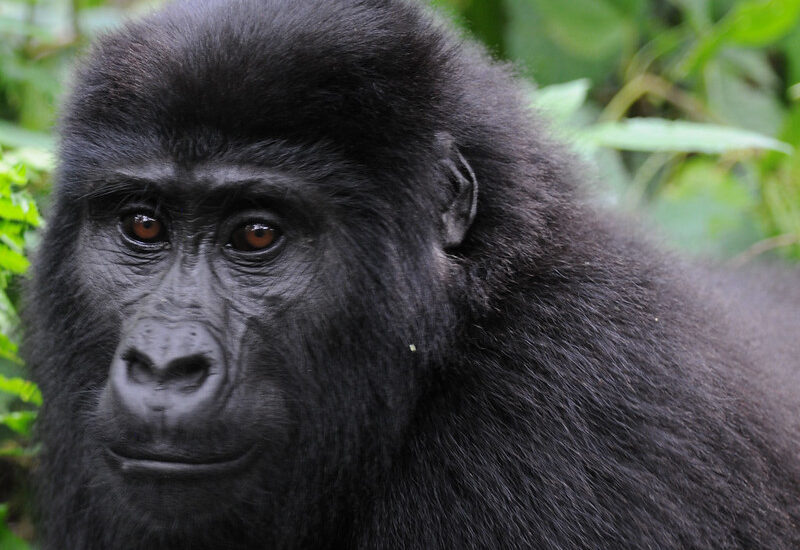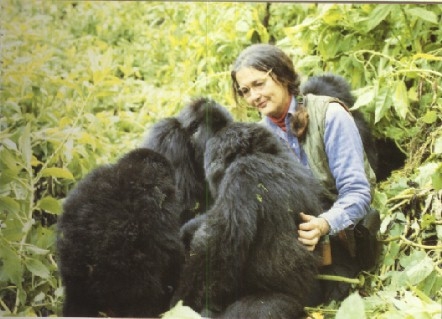Gorilla tracking safaris from Mbarara City – Bwindi impenetrable National Park. Safaris in search of…
When is the best time to go on a safari in Tanzania’s Serengeti?
If you’re dreaming of going on a safari in Tanzania’s Serengeti national park, timing is key to witness the incredible wildlife and natural wonders of this iconic national park. Here’s the scoop on the best time to plan your adventure:
- The Great Migration: One of the most extraordinary wildlife events on the planet is the Great Migration, where millions of wildebeest, zebras, and other animals traverse the Serengeti in search of fresh grazing grounds. The best time to witness this spectacle is from December to July. In December, the herds are usually found in the southern Serengeti, where they give birth to their young. From January to March, they move to the central and eastern regions, and from June to July, they cross the Grumeti and Mara rivers in the north. These river crossings can be particularly thrilling to witness.
- Dry Season and Calving Season: If you prefer drier conditions and excellent wildlife sightings, consider visiting during the dry season, which typically spans from June to October. Vegetation is sparse, making it easier to spot animals, including predators like lions, cheetahs, and leopards. July and August are particularly popular months for safari enthusiasts. Additionally, the southern Serengeti experiences the calving season from late January to February, when wildebeest give birth to their young, attracting predators and offering unique wildlife encounters.
- Bird Watching: If you’re a bird lover, the wet season from November to May is the best time to visit the Serengeti for bird watching. During this period, migratory birds arrive, adding vibrant colors and diversity to the avian population. You can spot various species, including raptors, waterbirds, and flamingos.
It’s important to note that weather patterns can vary, and wildlife movements can be unpredictable. Be aware that the Serengeti experiences two rainy seasons: the short rains from November to December and the long rains from March to May. During these periods, the landscape becomes greener, and you may encounter fewer tourists. However, it’s worth considering that some roads can become impassable, and wildlife may disperse due to the abundant water sources.
Ultimately, the best time to go on a safari in the Serengeti depends on your interests, whether you want to witness the Great Migration, have optimal wildlife sightings, or focus on bird watching. Research and plan accordingly to make the most of your incredible safari adventure in Tanzania’s Serengeti.


